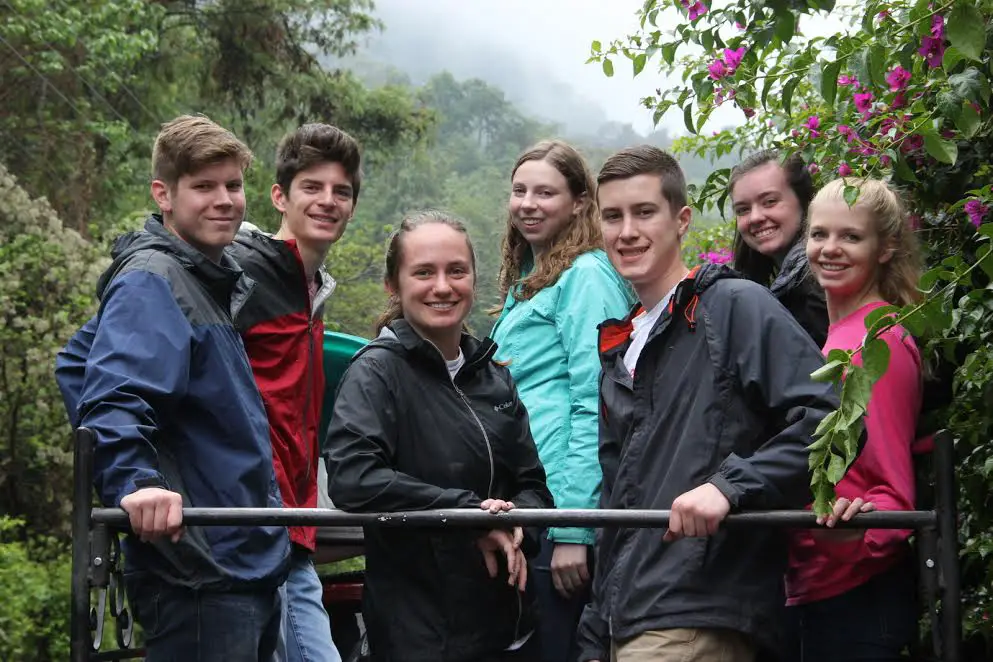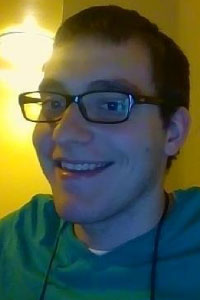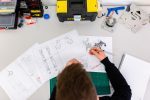The day-to-day items used by almost everyone are what 99 percent of people take for granted. Clean water, sturdy homes and plenty of food are amenities that should be a universal right for everyone, but unfortunately that isn’t the case. Thankfully, there are plenty of people who are trying to make what should be universal into a reality, such as Matthew Schiller, an Ohio State student, who is currently making footwear more accessible for those without financial security.
I had the opportunity to talk with Matt about his project, which arose from his love for design and desire to help those in need, and how he hopes to incorporate philanthropy in his professional career going forward.
Eric McInnis: Can you tell me a little bit about yourself?
Matt Schiller: Sure, right now, I’m a second year studying Electrical Engineering at The Ohio State University.
EM: At Ohio State, you’re part of a group called Humanitarian Engineering Scholars. What is the program all about and why did you join in the first place?
MS: Humanitarian Engineering Scholars (HES) consists of mostly engineering students who all express an interest in using the knowledge and skills that they’ve developed in college to help humanity. The motto of a club I recently joined, “Design for 90,” explains the idea of humanitarian engineering. The name is based off the statistic that around 90 percent of today’s engineers design for the wealthiest 10 percent of the world’s population. Design for 90 seeks to reverse this statistic and design for the world’s lower 90 percent because of their extreme need and underrepresentation.
I joined HES because the values I’ve always prided myself on correlated perfectly with the group’s ideals. Additionally, I’ve always been grateful for things most people in my situation take for granted, and I want to do everything I can to better serve less fortunate people. Scholars groups at OSU provide an amazing first-year experience to its students and offer a great environment for forming relationships with similar minded students and professors in their related fields.
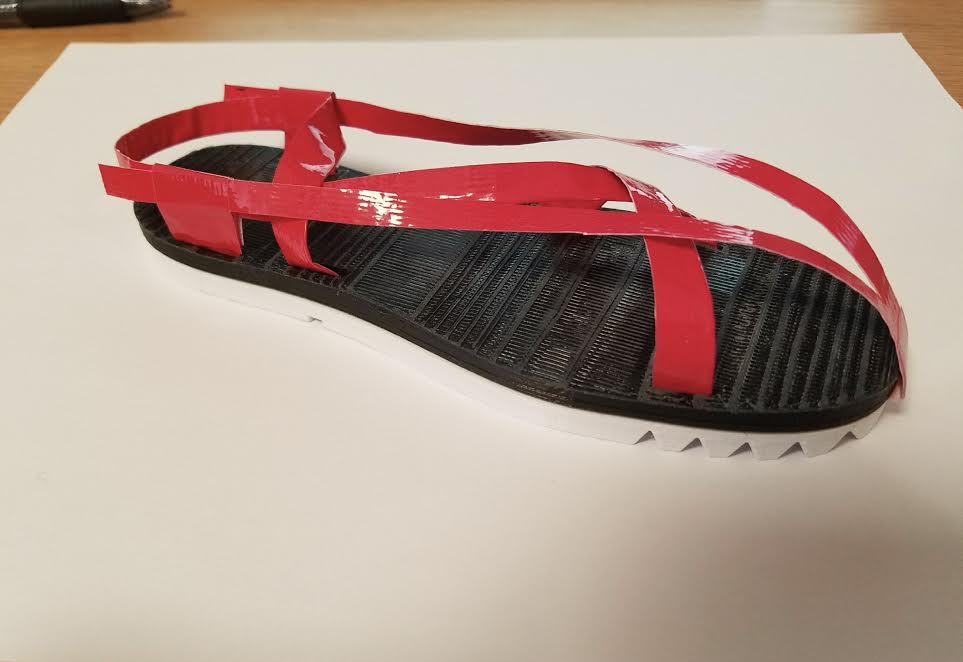
EM: Let’s talk about your expandable shoe prototype you made for HES. Why did you decide to create it?
MS: HES hosts a design challenge every semester open to all HES students. During the spring semester, the challenge was focused around designing a shoe made to fit a child’s foot and provide inexpensive and durable footwear throughout their years of relatively extreme foot growth. This idea was provided by the HES design challenge committee. I joined the committee at the beginning of the spring semester, but after finding out I would not be able to participate in the challenge we would decide on, I dropped out because of my love for the competition. With the challenge prompt given, my group and I decided that, in order to fit a growing child’s foot, the shoe had to grow with it.
EM: What went into the design and construction of the prototype?
MS: Throughout the design process, we laid out a few major requirements for the shoe: it had to be durable enough to last the user for more than five years; it had to accommodate for the user’s foot growth, and it had to be simple enough that repairs would be rare, but the parts would be easily accessible. We brainstormed countless ideas that usually solved a few of our requirements, but not all. This part of the competition was very frustrating. No amount of research can prepare you to design something so brand new; it requires creativity and lots of failures. Every time an idea was built upon, one issue would be solved, but another would arise.
Finally, a combination of some sketches and products currently available provided a breakthrough and addressed all the requirements we laid out. The design we settled on was a blend between a Chaco sandal and the flexible sole of a Nike Free. The straps on a Chaco provided a range of growth by adjusting the tightness, with a flexible front toe end that curls over the toes, a strap could be periodically loosened to allow for foot growth lengthwise. The strap mechanisms are a simple injection-molded fastener and the sole would be a layer of weatherproof styrene-butadiene rubber bonded with epoxy to heat and abrasion-resistant polybutadiene. After some additional thought, we came up with the idea of using old tire treads as the bottom half of the sole to solve multiple problems at once. The idea is still being tossed around and the integrity of used tires would need to be further tested.
EM: You and your group ended up winning the challenge. Why do you think your prototype won over all the other competitors?
MS: The design challenge consisted of a four-hour “build day,” where the challenge prompt was announced and teams began brainstorming, and ended a week later with the teams’ final presentations. Because of this limited time, groups were not expected to build a physical prototype. However, my group and I decided that the best way for people to fully understand our design and all its components, would be by physically handing it to them. We designed the two pieces of the sole in SolidWorks and 3D printed them. Our current prototype does not fully function like the real product would; however, it is very accurate with its scaled ratio, and it provides viewers a hands-on approach to understanding the system of tightening and loosening the straps. Our prototype was the victor because it was the most thought through in all aspects and addressed all the requirements of a functional, expandable shoe.
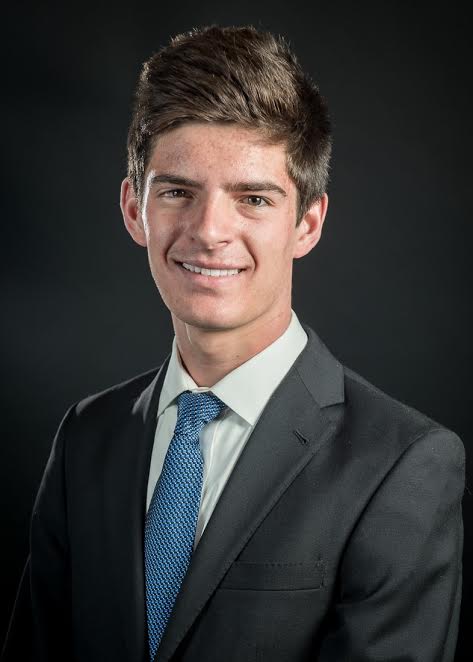
EM: To my knowledge, expandable shoes are either nonexistent or very hard to find. Why do you think such an idea, which can benefit a lot of children in poor areas or countries, hasn’t gone into production already?
MS: Expandable shoes are very hard to find because of the statistic presented earlier. A very small amount of the world’s engineers are actively designing for the 90 percent of the world that would need a product like this. Simply stated, there is not a huge money market available in the expandable shoe market. Current shoe options in third world countries are often too expensive and wear out too quickly. A long-lasting, expandable shoe would benefit millions of growing children whose families cannot afford to buy shoes once they outgrow a pair. Without shoes, children get cuts, infections, blisters, parasites and deformed feet.
EM: I heard that you traveled to Guatemala this summer. Did that help inform your design?
MS: I traveled to Guatemala this past May with a group of twelve other Humanitarian Engineering students and three faculty members. During the spring semester, we were all enrolled in a class for the trip and performed research on the construction of a rainwater collection system and compared current construction methods in Guatemala to American standards. Once in Guatemala, we interviewed impoverished families through the organization Mayan Families. During the interviews, we collected data on families’ living conditions, common problems and their future goals. Using this data, combined with the research from back home, we presented our conclusions and recommendations on the most efficient, effective and durable home-construction methods and materials tailored for Guatemalan needs to the Mayan Family construction team.
We then used our knowledge of rainwater collection systems to erect an operational system on a preschool roof; the system will collect water for the school’s sinks and toilets. Along with these large projects, we also worked alongside Mayan Families building very low-fuel cooktop stoves that made it much safer for families to cook food versus on open flame fire. The trip to Guatemala was an incredible experience as well as a huge culture shock. It solidified my belief in the need for humanitarian engineers.
EM: I know you’re only going into your third year, but what do you plan to do after you graduate?
MS: Before graduating college, I plan on pursuing my love of traveling by studying abroad or going on another service trip. After graduation, I want to move out west and hold a leadership role at an engineering company. I also plan to continue serving my community wherever I end up by giving my time and support to those less fortunate than me.


